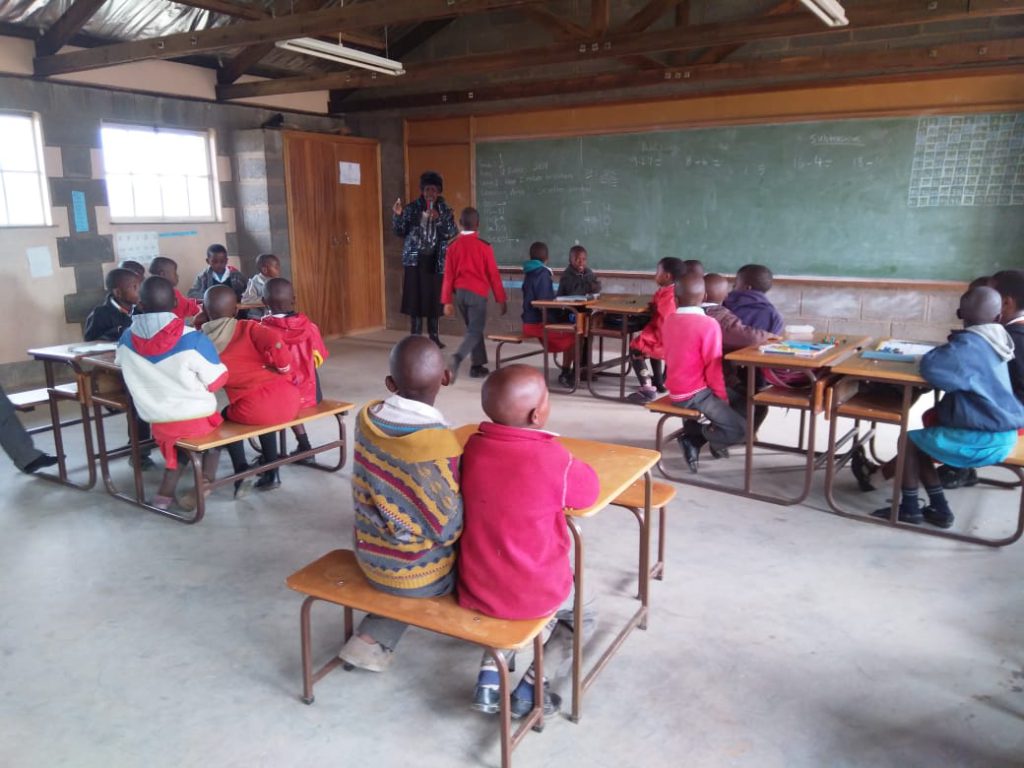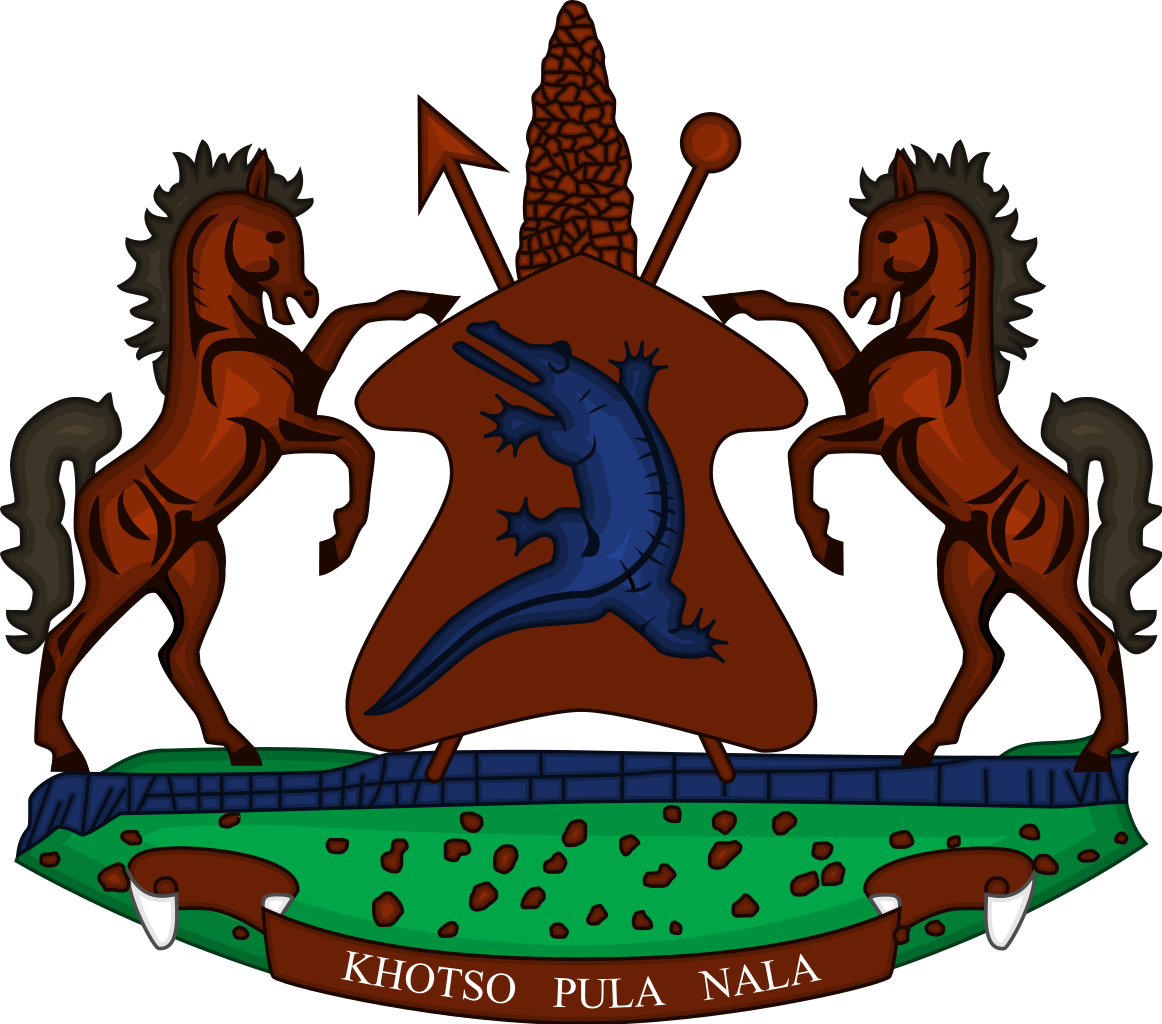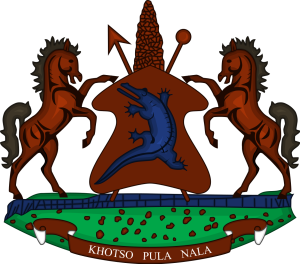Lesotho Education Policy
Management of the schools is largely in the hands of the main missions, while the determination of curricula and syllabuses is the responsibility of the Minister of Education. Syllabuses and educational materials are developed through the National Curriculum Development Centre in conjunction with subject panels on which teachers are represented. Administration and management of schools are to be improved through ongoing training of advisory’ school committees, school boards, and management committees. Policy objectives and activities that cut across all education programmes aim to consolidate and bring about effective coordination of the diverse efforts of various bodies concerned.
Ongoing revision and implementation take place. An improved education management system has been de-signed and is currently being implemented, providing the ratios at the primary school level remaining high.

Education programmes aim to reflect Lesotho’s development requirements, and policy directions include provision of the following:
- Opportunities to develop competencies and education programmes, cultural values and activities that enhance individual and social development
- Sufficient numbers of individuals equipped with the appropriate occupational, technical and managerial skills to enable them to participate in socioeconomic development
- Opportunities for continuing education through non-formal programmes in literacy and numeracy, and vocational and in-service training in private enterprises
- Active, cooperative partnership between all parties concerned in education management and service provision, with expansion of the roles of family and community in school activities
- Enhanced access to education
Schools of high educational standard at primary, secondary and high school level are available throughout the country, with Maseru boasting several well-established international schools. As a cosmopolitan country Lesotho has children of all nationalities, and these are able to receive a secondary education in Maseru up to entrance level for universities in their home countries. Teaching is initially in Sesotho, but English is the medium of instruction used in the upper classes of primary schools and in secondary schools. In contrast with many other developing countries, female participation in education in Lesotho has been much higher than that of males.
Much has been achieved in the past year, with further high schools completed, vocational and technical centers expanded, and equipment procured for workshops and libraries. The programme of construction and furnishing of schools, laboratories, and resource centers is ongoing at all levels.
Lesotho Education and Training

As a key sector that leads to a more employable and productive workforce able to compete locally and regionally, the education sector receives a significant share of recurrent expenditure proposals.
A renewed strategic plan has focused on consolidating areas in the education sector that require refinement, allowing for growth in student numbers for further education, as well as a reduction in pupil/teacher ratios. Emphasis is being placed on the improvement of quality, efficiency and effectiveness, with the aspiration of addressing access remaining valid. The target is ultimately to achieve universal primary education and to improve access to early secondary education, at the same time securing high quality and performance standards.
Through the provision of quality primary education, Lesotho is intent on improving the low level of skills of persons entering the workforce each year. The current primary school curriculum is being revised and reviewed and practical orientation in the teaching of core subjects is encouraged.
Education is compulsory between the ages of 6 and 13, with fee elimination to be implemented in phases, starting with Standard One at the beginning of school terms in 2000. The government also intends to pilot a scholarship programme for children from needy families.
The principal goal of higher education in Lesotho is the provision of basic training, leading to improved production of high level manpower.

